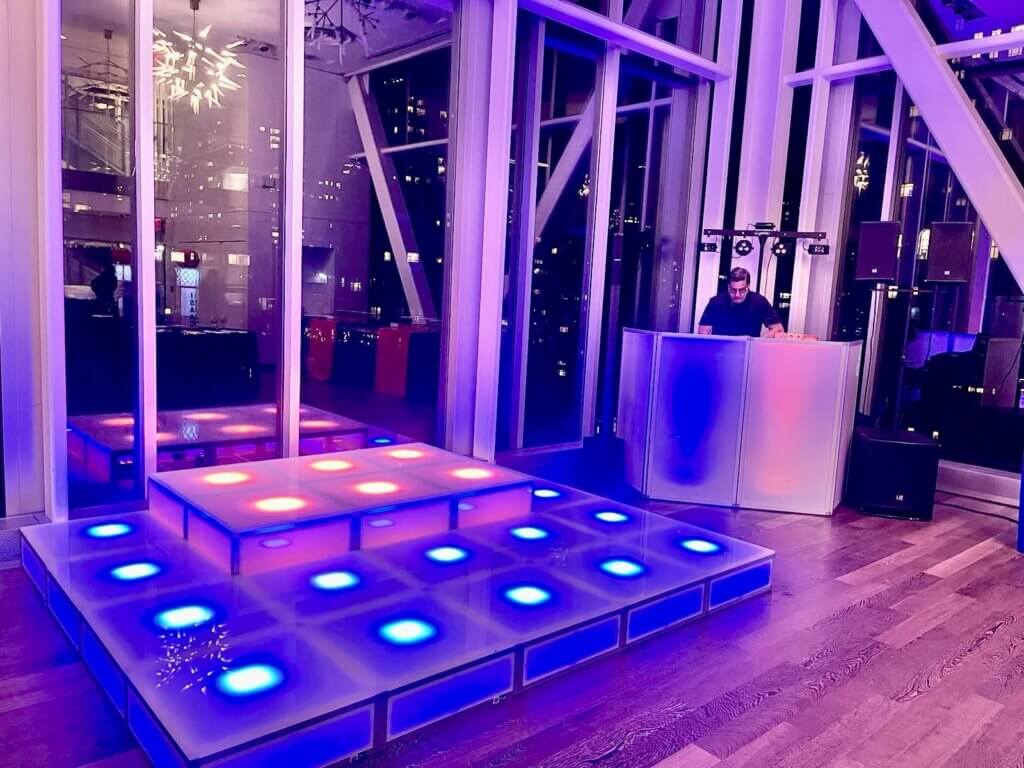A Transformative Power for Illumination at Enhancing Movement Floor Visuals
A Transformative Power for Illumination at Enhancing Movement Floor Visuals
Blog Article
Illumination plays a critical role in creating the ambiance of a dance floor. It can transform a basic space into an exciting environment that boosts the complete experience for dancers and spectators alike. The appropriate lighting can affect the mood, dynamism, and even the type of the dance being executed. By using various types of lighting, such as focused lights, colored illumination, and flashing lights, event organizers can establish a vibrant setting that enthralls the spectators and encourages involvement.
One of the key functions of lighting on a dance floor is to illuminate the dancers. Focused lights can be used to focus attention on solo dancers or groups, making them the center of attraction. This technique not only displays their movements but also adds a layer of drama to the performance. When dancers are illuminated effectively, their expressions and techniques become more visible, allowing the spectators to value their abilities. This focused lighting can also help to establish a narrative, guiding the audience through the performance.
In addition to highlighting performers, colored lights can significantly impact the mood of the dance floor. Different colors evoke varied feelings; for instance, warm colors like crimson and amber can generate a sense of enthusiasm and energy, while learn about this here now cooler colors like blue and green can promote tranquility and relaxation. By thoughtfully using colored illumination, event planners can manipulate the atmosphere to align with the theme of the event or the style of the dance. This thoughtful approach to lighting design can enhance the complete encounter for all involved.
Flashing lights and other active lighting effects can also add excitement to a dance floor. These effects can create a sense of rhythm and movement that complements the music being played. When timed with the rhythm, strobe lights can make the dance floor feel alive, encouraging dancers to groove in sync with the pulsing lights. This interaction between light and music can elevate the energy of the event, making it more pleasurable for both performers and spectators. The use of such effects requires thoughtful consideration to ensure they improve rather than distract from the performance.
Finally, the complete design of the lighting setup is essential for establishing a unified look on the dancing area. A carefully planned lighting plan considers the layout of the area, the kind of performance being performed, and the audience's encounter. By combining different lighting techniques, such as ambient lighting, highlighting, and special effects, planners can create a visually stunning environment. This focus to specifics not only improves the performance but also creates a memorable impression on the audience, making the occasion unforgettable. In conclusion, the transformative influence of lighting is vital in improving dance floor aesthetics, creating an captivating and pleasurable encounter for everyone.